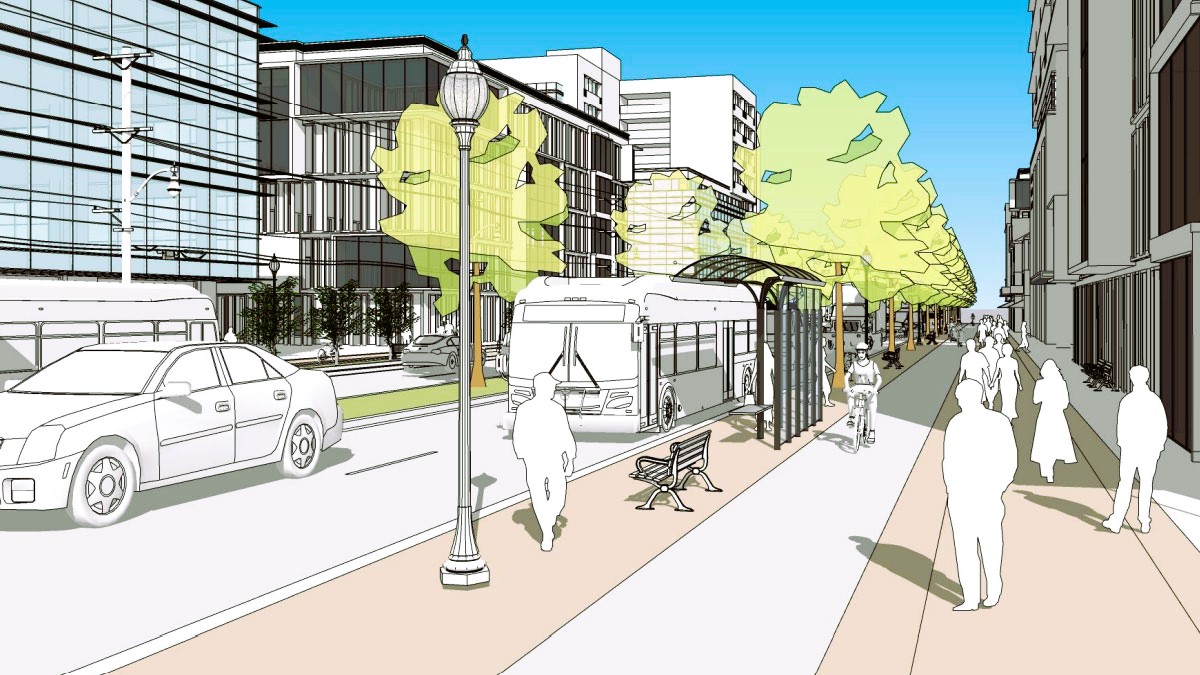Creating pedestrian-friendly communities is a key aspect of urban planning and development in Ontario, Canada. Walkable communities prioritize the needs of pedestrians, encouraging active transportation, improving public health, and enhancing the overall quality of life. This article explores the concept of walkability and its significance in Ontario, highlighting the benefits, challenges, and strategies for creating pedestrian-friendly environments.
Understanding Walkability
Walkability refers to the measure of how friendly an area is to pedestrians. It encompasses a range of factors, including the design of the built environment, access to amenities, safety measures, and the overall pedestrian experience. Walkable communities prioritize the needs of pedestrians by providing safe, convenient, and enjoyable walking environments that connect people to key destinations, such as schools, parks, workplaces, and retail areas.
Benefits of Walkable Communities
Creating pedestrian-friendly communities in Ontario offers numerous benefits to individuals, communities, and the environment. Firstly, walkability promotes physical activity by encouraging people to choose walking as a primary mode of transportation. Regular walking has been linked to improved cardiovascular health, weight management, and reduced risk of chronic diseases such as diabetes and hypertension.

Secondly, walkable communities enhance social connections and community cohesion. When people are encouraged to walk, they have more opportunities for spontaneous interactions, fostering a sense of belonging and community. Walking promotes social engagement, as individuals are more likely to meet and interact with their neighbors, resulting in stronger community ties.
Another advantage of walkable communities is the reduction of traffic congestion and air pollution. By promoting walking and discouraging excessive car use, communities can decrease the number of vehicles on the road, leading to improved air quality and reduced greenhouse gas emissions. Additionally, fewer cars on the road contribute to safer streets and reduced noise pollution, creating a more pleasant environment for pedestrians. Read more about the development of community gardens in this article.
Challenges and Solutions
Despite the numerous benefits, creating pedestrian-friendly communities in Ontario comes with its own set of challenges. One major obstacle is the existing infrastructure that prioritizes car-centric design. Many neighborhoods in Ontario were developed with a focus on accommodating vehicles, resulting in wide roads, lack of sidewalks, and limited pedestrian amenities. To address this challenge, urban planners and policymakers need to prioritize the retrofitting and redesign of existing communities to prioritize pedestrians.
Additionally, concerns about safety can deter people from walking. Issues such as inadequate lighting, lack of crosswalks, and high-speed traffic can create barriers to pedestrian movement. To overcome these challenges, communities can implement traffic-calming measures, improve lighting infrastructure, and create pedestrian-friendly crossings. Engaging with community members and involving them in the planning process can help identify safety concerns and develop tailored solutions.
Government and Stakeholder Initiatives
The government of Ontario and various stakeholders have recognized the importance of walkability and have taken steps to promote pedestrian-friendly communities. The Ministry of Transportation of Ontario (MTO) has implemented policies and guidelines that prioritize pedestrians and active transportation modes. These initiatives aim to improve the design of streets, enhance pedestrian infrastructure, and create safer walking environments.

In addition to government initiatives, non-profit organizations and advocacy groups play a crucial role in promoting walkability. One such organization is Walk Toronto, which advocates for pedestrian-friendly policies, conducts research, and engages with communities to create safer and more accessible walking environments.
Conclusion
Creating pedestrian-friendly communities is essential for promoting active transportation, enhancing public health, and improving the overall livability of Ontario. Walkable communities offer numerous benefits, including increased physical activity, social connections, reduced traffic congestion, and improved environmental sustainability. Overcoming challenges such as existing infrastructure and safety concerns requires collaboration between government agencies, stakeholders, and community members. By prioritizing pedestrian needs and implementing targeted strategies, Ontario can create vibrant, inclusive, and walkable communities that enhance the well-being and quality of life for all residents.
For more information on walkability and related initiatives, visit:
- Wikipedia: Walkability


